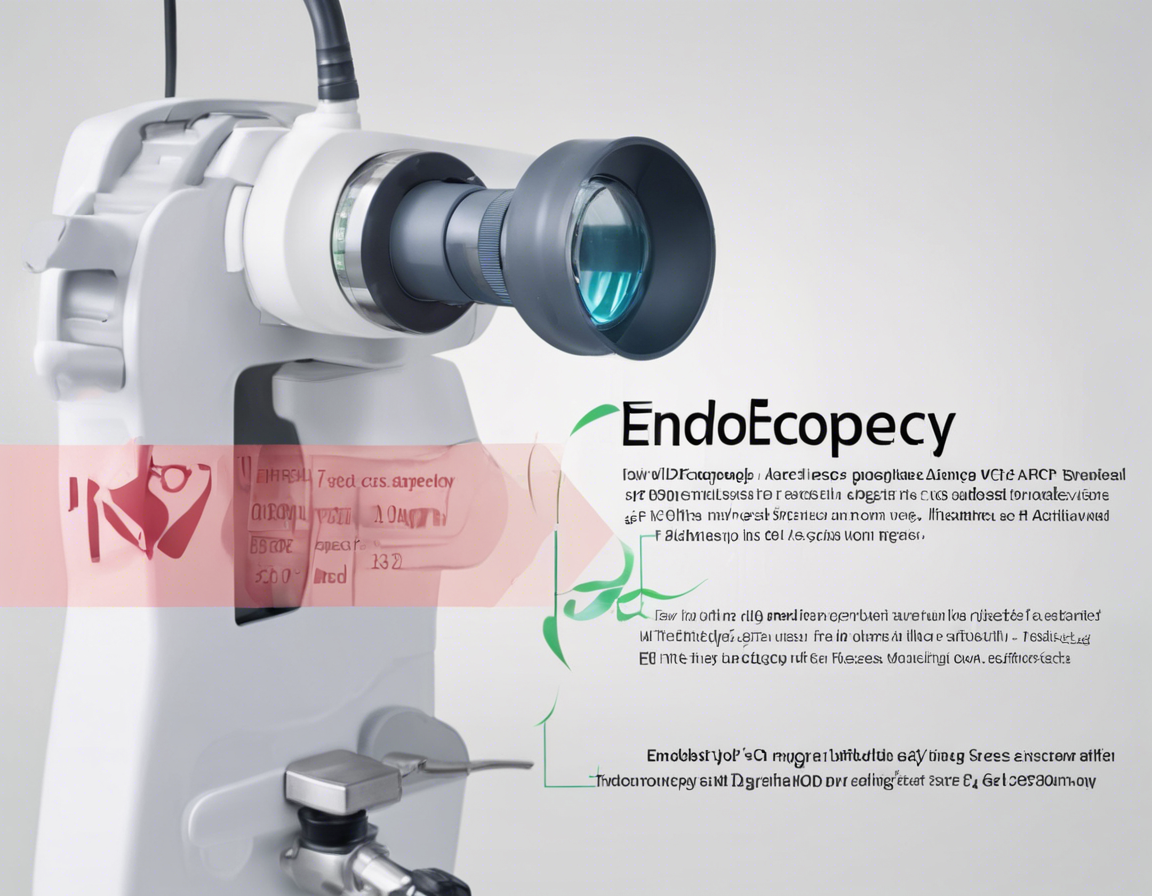Endoscopy is a minimally invasive medical procedure used to examine a person’s digestive tract. It involves using a thin, flexible tube with a camera and light attached to it to see the inside of the organs without making large incisions. Endoscopies are common procedures used to diagnose conditions such as ulcers, gallstones, acid reflux, and cancers in the digestive system.
The cost of an endoscopy test can vary significantly depending on various factors, including the type of endoscopy, the location where the procedure is performed, whether sedation is required, and if any additional procedures or biopsies are performed during the endoscopy. In the United States, the cost of an endoscopy can range from $1,000 to $5,000 or more, with an average cost of around $2,000.
Several factors can impact the cost of an endoscopy test:
-
Type of Endoscopy: There are different types of endoscopy procedures, such as upper endoscopy (EGD), colonoscopy, sigmoidoscopy, and enteroscopy. The complexity of the procedure can influence the cost.
-
Facility Fees: The cost of the procedure may include fees for using the facilities, equipment, and staff during the endoscopy.
-
Anesthesia or Sedation: If sedation or anesthesia is required for the procedure, there will be additional costs for the medication and the presence of an anesthesiologist or nurse anesthetist.
-
Biopsies or Treatments: If biopsies are taken during the endoscopy or if any treatments are performed, such as polyp removal, there may be additional charges.
-
Location: The cost of healthcare services can vary by location and healthcare provider. Urban areas often have higher costs compared to rural areas.
-
Insurance Coverage: The amount you will pay for an endoscopy test will depend on your insurance coverage. Some insurance plans cover the full cost of the procedure, while others may require a copayment or coinsurance.
-
Out-of-Pocket Costs: If you do not have insurance or if you have a high deductible health plan, you may be responsible for paying the full cost of the endoscopy out of pocket.
It’s essential to contact your healthcare provider or the facility where the endoscopy will be performed to get an estimate of the costs involved. You can also check with your insurance company to understand your coverage and any out-of-pocket expenses you may incur.
Frequently Asked Questions (FAQs)
- Is endoscopy covered by insurance?
-
Many insurance plans cover endoscopy procedures, but coverage can vary. Check with your insurance provider to understand your coverage and any out-of-pocket costs.
-
What is the average cost of an upper endoscopy without insurance?
-
Without insurance, an upper endoscopy procedure can cost between $800 and $2,500 or more, depending on the facility and any additional procedures performed.
-
Are there any risks associated with endoscopy?
-
Endoscopy is generally a safe procedure, but there are risks such as bleeding, infection, perforation, or a reaction to sedation. Your healthcare provider will discuss these risks with you before the procedure.
-
How long does an endoscopy procedure take?
-
The duration of an endoscopy procedure can vary but typically takes between 15 minutes to an hour, depending on the type of endoscopy and any additional procedures performed.
-
Can I drive myself home after an endoscopy?
-
As endoscopy involves sedation, it is recommended to arrange for someone to drive you home after the procedure. Driving is not safe until the effects of the sedation wear off completely.
-
Is endoscopy painful?
-
Endoscopy is usually not painful as patients are typically sedated during the procedure. Some patients may experience mild discomfort or a sore throat afterward.
-
Can I eat or drink before an endoscopy?
-
You will be instructed to avoid eating or drinking for a certain period before the endoscopy to ensure a clear view of the digestive tract. Your healthcare provider will provide specific instructions.
-
How soon can I eat after an endoscopy?
-
After the procedure, you may need some time to recover from the effects of sedation. Your healthcare provider will advise you on when it is safe to resume eating and drinking.
-
What conditions can an endoscopy diagnose?
-
Endoscopy can help diagnose a range of conditions such as ulcers, inflammation, gastrointestinal bleeding, acid reflux, tumors, polyps, and other abnormalities in the digestive system.
-
Are there alternatives to endoscopy for diagnosing digestive issues?
- Depending on the symptoms and suspected conditions, there may be alternative diagnostic tests such as imaging studies, blood tests, or less invasive procedures. Your healthcare provider will determine the most appropriate diagnostic approach.
Endoscopy is an essential tool in diagnosing and treating various gastrointestinal conditions. Understanding the costs and risks involved in an endoscopy procedure can help you prepare for the process and make informed decisions about your healthcare. If you have any concerns or questions about an upcoming endoscopy, be sure to discuss them with your healthcare provider.


